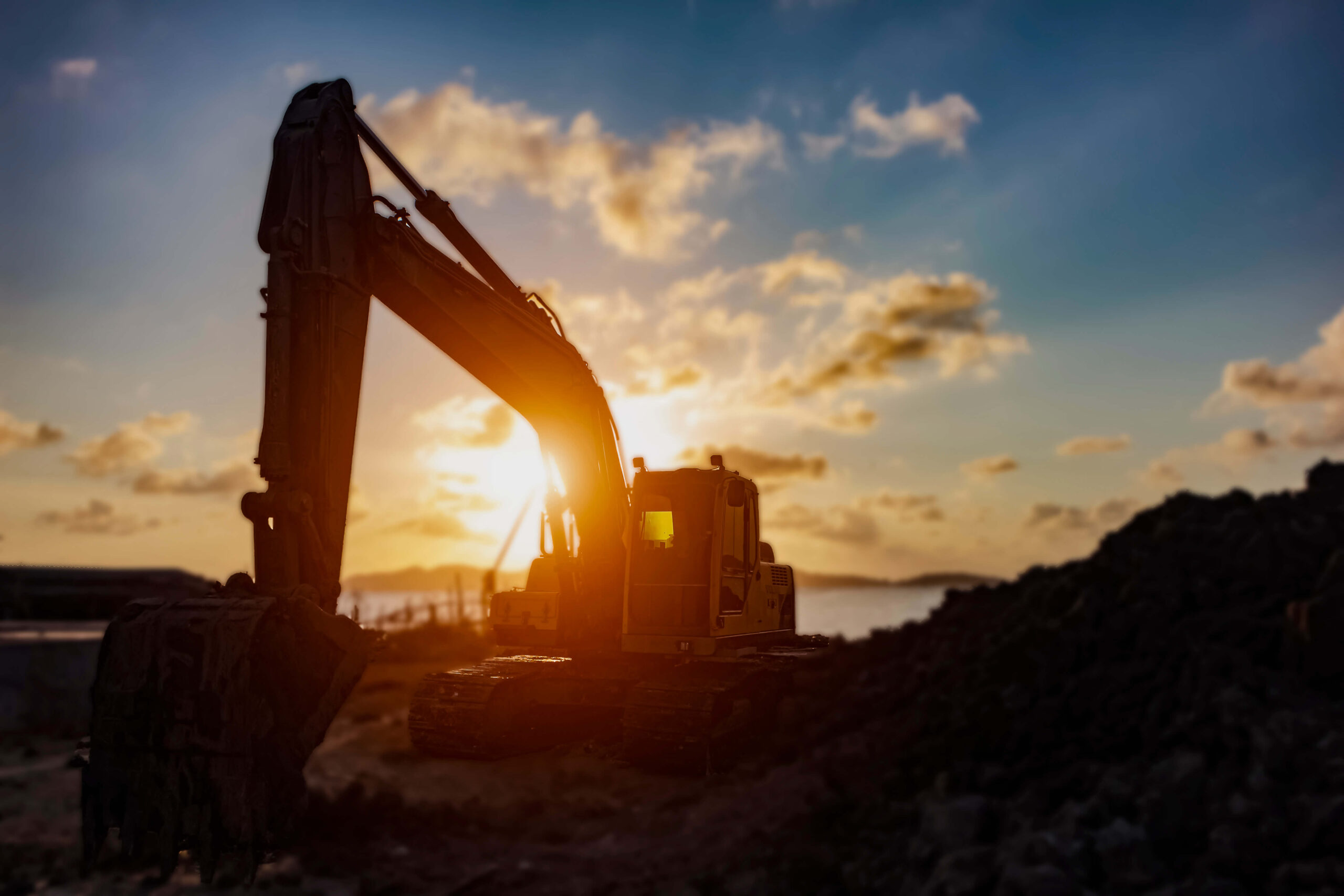Two words sum up where the Mine Safety and Health Administration (MSHA) is as 2021 comes to a close and mine operators prepare for 2022: transition period.
Whenever control of the White House shifts from one political party to another, every executive branch department and agency undergoes a change in direction that can be quite significant. New political appointments are made in agency leadership, and there can be changes in career agency-level management. New issues are certainly emphasized, and new policies emerge. And this is no less true of MSHA.
This time, due to delays caused by the pandemic and other factors, MSHA’s transition period has been prolonged. It may not be until well into 2022 before the new direction of the agency becomes clear.
No Head of MSHA Yet Confirmed
A key reason that no one new is currently heading MSHA is because President Biden only selected a candidate on November 12, 2021, to be assistant secretary of labor for mine safety and health.
That nominee is Christopher Williamson, a West Virginia native who currently serves as senior counsel to National Labor Relations Board Chair Lauren McFerran. Williamson previously worked on Capitol Hill as labor counsel to former senator Tom Harkin (D-IA) on the U.S. Senate Committee on Health, Education, Labor, and Pensions. He was also a legislative assistant to Senator Joe Manchin (D-WV).
Williamson has MSHA experience, having worked in a senior leadership role at the agency during the Obama administration. He was a judicial clerk at the Federal Mine Safety and Health Review Commission. And his nomination has the full support of the United Mine Workers of America.
Focus on Rulemaking Underway
The fact that MSHA continues its transition in the new administration does not mean that operators are not seeing changes in the agency or its activities.
One obvious new development is on the rulemaking front. While the prior administration had talked about issuing new safety and health rules and engaged in preliminary information-collection activities toward that end, MSHA under the Trump administration did not publish any significant proposal for the metal/nonmetal industry.
By contrast, MSHA under the Biden administration recently issued a proposed rule that would mandate safety programs for surface mobile equipment. Additionally, MSHA indicated that it expects to issue the long-anticipated proposed rule for silica by July 2022.
These two rules—one for surface mobile equipment safety and the other for silica—stand to be the most significant new metal/nonmetal rules issued by MSHA since the Obama administration promulgated the workplace examination rule in January 2017. That rule was issued in a very short six months after the issuance of the proposed rule, and it was the subject of a couple of years of litigation afterward.
As complex as it may be, MSHA’s silica rule will likely take longer to reach its final form. Given its current status, the surface mobile equipment rule may well become final in 2022.
Enforcement in the Field
There are other indications of the agency’s changing nature beyond rulemaking. Central to these for operators are MSHA’s field enforcement activities.
MSHA is continuously engaged in inspections and investigations. While inspections were conducted during the pandemic, many of MSHA’s investigation activities, with the exception of fatality and serious injury investigations, shifted to being conducted remotely.
That has been changing somewhat in the latter half of 2021. But MSHA continues to conduct many special investigations via videoconference, with requests and exchanges of documents and other information via email and telephone. Operators can anticipate more investigation activity to be conducted again in person as COVID-19 case statistics improve.
An ongoing concern for pit and quarry operators is MSHA’s assignment of former coal inspectors to metal/nonmetal mines. This will continue to be a concern for them in 2022. In addition, operators will see many new faces at MSHA as 2022 progresses. MSHA’s workforce is again in transition as new inspectors and other officials are being hired to replace the significant number who retired, as well as to fill new positions being created in the district and field offices.
Operators may want to be alert to the possibility of inconsistent interpretations of the agency’s standards, which has long been an issue whenever there has been a change in enforcement personnel.
Key Takeaways
While the mining industry made great strides over the decades to reduce fatalities and injuries, the number of fatalities has plateaued over the last several years, remaining right around 30 per year.
In 2022, MSHA may respond by issuing more citations with significant and substantial (S&S) allegations. The agency may also more aggressively prosecute violations related to conditions the agency identifies as being the cause of safety incidents across the industry. Along with increased rulemaking, this may be one of the more critical changes coming in 2022 and in the remaining years of the present administration.
A version of this article was previously published in Pit & Quarry magazine.





